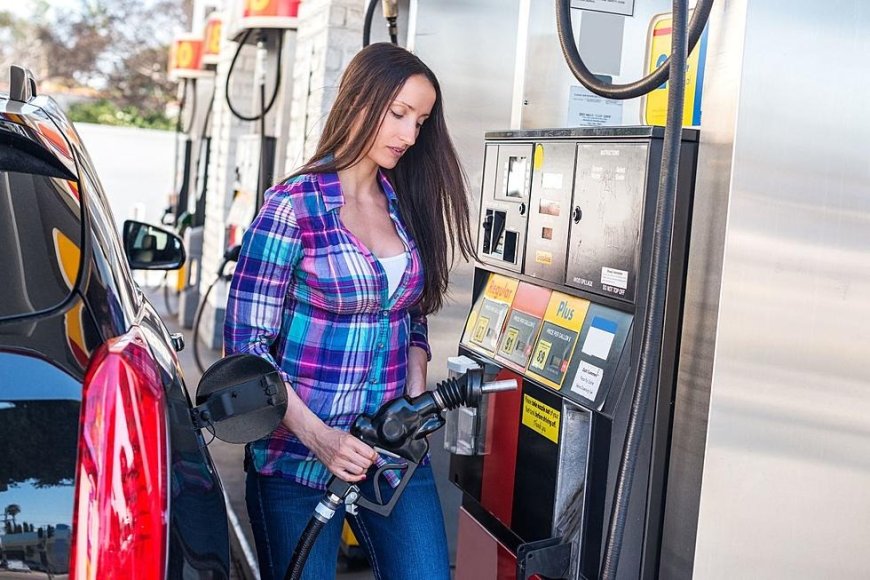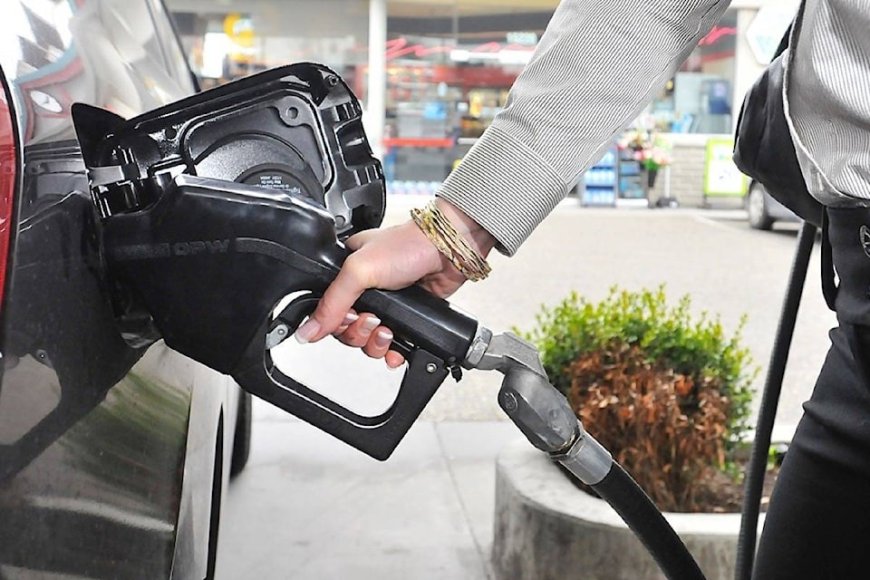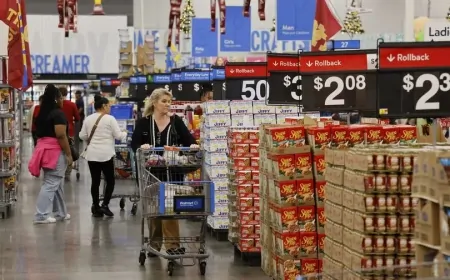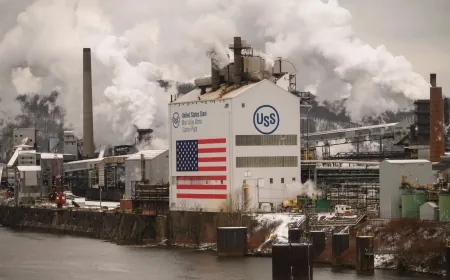Gas Prices Surge Again, Impacting Consumers and Economic Sentiment
Rising Gas Prices Pose Concerns for Consumer Spending and Economic Outlook

Gas prices have risen to $3.83 per gallon, causing consumer sentiment to be directly and profoundly affected. As costs increase, experts predict implications for spending habits, back-to-school shopping, and overall economic sentiment.
Gas Prices Surge Again, Impacting Consumers and Economic Sentiment
Rising fuel costs have once again caught the attention of consumers, leading to concerns about their economic well-being. The national average gas price has climbed to $3.83 per gallon, according to AAA. While this figure is lower than the average price recorded a year ago, which stood at $4.06, it remains slightly higher than the previous week's average of $3.78.
This price hike in gas can have far-reaching implications on consumer spending patterns and overall economic sentiment. With a closer look at the data, it becomes evident that consumers are feeling the pinch of higher fuel costs.

(An individual refuels their vehicle at a gas station)
Consumer Sentiment Linked to Gas Prices
The relationship between gas prices and consumer sentiment is profound. Michael Zdinak, an economist at S&P Global Market Intelligence, highlights that consumer sentiment is directly affected by gas prices. He points out that there is a significant correlation of approximately 70% between the two factors over a specific period, emphasizing how closely consumers associate gas prices with their overall economic outlook.
Higher Gas Prices: An Additional Burden for Consumers
Analyzing the trajectory of gas prices, Ben Laidler, global market strategist at eToro, notes that the increase from $3.09 in December 2022 to the current national average of $3.83 represents an additional annual cost of around $101 billion for American consumers. This estimation is based on the assumption that the US population consumes approximately 375 million gallons of gas daily.
With gas prices trending upward and expected to remain elevated, consumers find themselves with less disposable income for discretionary spending, affecting their ability to make non-essential purchases.
Challenging Economic Environment
The impact of higher gas prices extends beyond individual wallets. When coupled with other economic factors such as a slowdown in the US job market, the upcoming return of student loan payments, rising mortgage rates, increased interest rates, elevated grocery costs, and a potential rise in the Consumer Price Index (CPI), consumers could find themselves facing a challenging financial landscape.
This convergence of economic pressures could potentially form a perfect storm for American consumers, reshaping their spending behavior and perception of the economy.
Impact on Back-to-School Shopping
As the back-to-school shopping season unfolds, consumers' concerns about inflation and prices have already influenced their spending intentions. A survey conducted by Deloitte indicates that 68% of US parents anticipate spending the same amount or less on back-to-school shopping compared to the previous year. Inflation and higher prices have led to reduced disposable income, with 51% attributing their spending adjustments to these factors.
Retail Earnings and Spending Behavior
The impact of changing consumer spending habits is evident in the retail sector. Morningstar senior analyst David Swartz notes that the retail industry's performance may vary due to diverse consumer preferences. Retailers catering to higher-income shoppers could fare better than those primarily targeting lower-income consumers.
Diminishing Savings and Financial Pressure
Another factor contributing to the complexity of the current situation is diminishing savings accumulated during the pandemic. BNP Paribas senior US economist Andy Schneider explains that excess savings, which provided a buffer in the face of inflation and higher gas prices, are now depleting. As these savings dwindle, consumers may face financial pressure and find it challenging to maintain their usual spending habits.
Future Outlook: A Mixed Perspective
Looking ahead, the trajectory of gas prices remains uncertain. While experts suggest that the peak of gas prices may have been reached, the potential for external factors, such as unexpected market developments or supply chain disruptions, could trigger further price fluctuations.
In Conclusion
The surge in gas prices has caught the attention of consumers, leading to shifts in consumer sentiment and spending behavior. While the immediate impact on the economy and consumer behavior is evident, the long-term consequences remain to be seen. As consumers navigate this complex economic landscape, the interaction between various factors will shape their financial decisions and perceptions of the economy's health.
Also Resd: Rising Trend of 401(k) Withdrawals Amidst Financial Challenges, Unveiled by Bank of America





























































